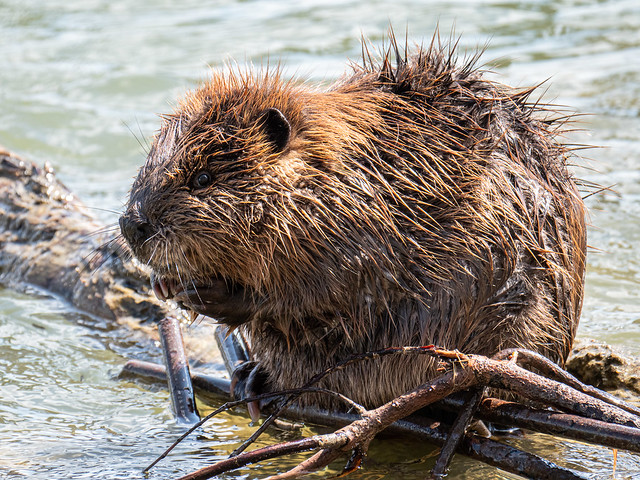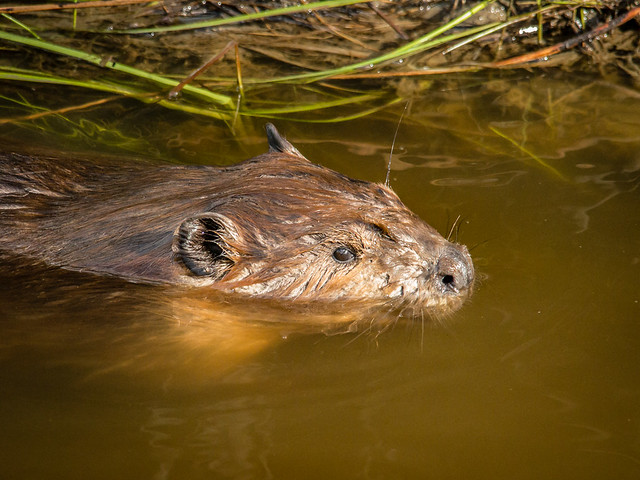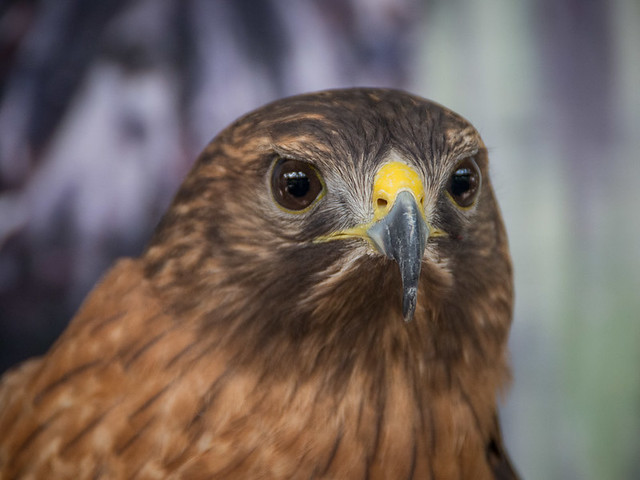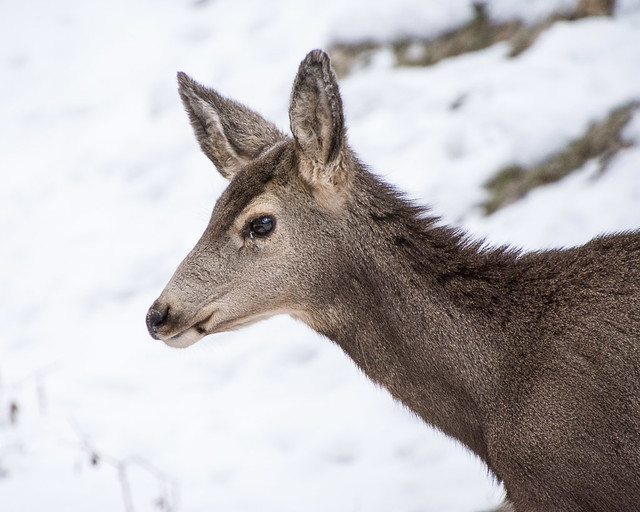What happens to wildlife when humans build cities and move into the animals’ territory? As more and more people move into urban centres, the question has become increasingly important. As a partner in the
Urban Wildlife Information Network (UWIN), Saskatoon is contributing to the largest international study on urban wildlife. Katie Harris, a Master’s student at the University of Saskatchewan, has been responsible for setting up Saskatoon’s research project.
We talked to her in September 2019 when she was just getting started and talked to her again very recently to find out how things were progressing. This is a long-term study and the results are still in the preliminary stage, but they are interesting nonetheless.
Getting Started
In order to obtain comparable data, UWIN members all follow a similar procedure. In Saskatoon, trail cameras were set up in random locations along north-south and east-west transects with a distribution of urban, peri-urban (transitional areas), and rural sites. Saskatoon’s boundaries extend beyond the built neighbourhoods, so this is where the 9 rural sites are located. The 9 peri-urban sites include the riverbank, parks, and wooded areas, while the 12 urban sites are more built up with a higher proportion of impervious surface (roads, concrete, bridges).
Once the proposed camera sites had been identified, Katie started contacting the landowners to obtain their permission for installing a trail camera. “I was really lucky,” Katie says. “I got an awesome reception from most landowners. Only one landowner said no and we were able to move the camera to a next-door property owned by the City.” The process did, however, involve a lot of cold calling. “With large corporations, I’d start with the receptionist and work my way up the ladder,” Katie explains.
All the necessary permissions were in place and a date had been set for installing the cameras when Covid hit in March 2020 and the university put a hold on all non-essential fieldwork. It would be six long months before Katie obtained a permit and could get started. On September 8, 2020, Katie and her supervisor,
Ryan Brook, spent 3 days putting up the cameras. “I’ve been very fortunate as Ryan is very knowledgeable and has done a lot of work with trail cameras and wildlife monitoring,” Katie says.

The cameras are enclosed in metal security boxes and attached high up in trees. Some of the locations needed to be modified once the data started coming in to reduce the number of human triggers (all photos of humans are deleted). Only one camera has been stolen and this was unfortunately expected with replacement cameras on hand. Responses from people who have spotted the cameras has been favourable, but Katie urges people not to touch the cameras as this can change the camera angle and they are very carefully positioned to catch animal activity.
Katie goes out every week, collecting the memory cards from half the cameras on each trip. The trips are the highlights of Katie’s week as she’s exploring places she never knew existed and relating wildlife to those areas. The major snowstorm in November made her task a little more challenging. Katie went out right before the storm and switched out all the memory cards. When Katie reviewed the photos taken after the storm, there was, unsurprisingly, a 2-to-3 day gap in animal activity. “The animals acted just like humans and dug into shelters until it was safe to come out,” she explains.
Preliminary Results
Katie has collected and tagged 8000 photographs in the first 4 months of the project. These are still early days, but there have been some interesting results. “I’m seeing more foxes than anything else,” Katie says. “They’re in more places and in more parts of the city and they outnumber jack rabbits, coyotes, and deer.” Early results indicate that foxes are highly adaptable and are thriving, even in highly urban areas.
Mule deer and white-tailed deer are very closely related genetically, but 99% of the urban and peri-urban deer photos are of mule deer. White-tailed deer have only been observed in the rural locations. “Mule deer are coming into the city and establishing themselves in wooded park areas,” Katie says. “There are some real hotspots and we’ve got images of young so they’re breeding, living, and surviving in our city.”
All the animals captured on the wildlife cameras look very healthy. “In the wild, we’d see coyotes that look diseased with poor coats and mangy,” Kate explains. “The animals are clearly finding food sources and resources thanks to decreased competition in the urban environment.”
The cameras take bursts of three photographs at a time and there have been some great shots of a beaver taking down a willow near the river and dragging it off, of a moose running through the downtown core towards the river, and of a deer being chased by 2 coyotes – the final shot shows a big splash and the coyotes watching from the shoreline.
Approximately 85% of the photographs display nocturnal activity, whereas in the wild many animals, such as deer and foxes, would be most active at dusk. “The animals are obviously adapting to human activity, light, and noise pollution by becoming most active at night,” Katie says.
Foxes and Coyotes
Katie had planned to study people’s values and their response to urban wildlife but had to switch plans due to Covid. She will now be doing some in-depth study on coyotes and red foxes, two animals with a significant overlap in food sources and spatial requirements, to see how their behaviour and resource selection in an urban setting compares to their behaviour in the wild. Early data indicate a larger number of foxes in highly urban habitats with larger numbers of coyotes in rural and peri-urban sites. “Foxes are very adaptable,” Katie says. “In the wild, they’re the sub-dominant species and will change where they live and what they eat to avoid coyotes. Will this continue to be the case in an urban setting?”
Coyotes are the dominant predator in urban areas, which wouldn’t be the case in the wild where bears and wolves dominate. However, bears and wolves are highly specialized and it’s harder for them to adapt to the urban environment. In addition, they must contend with human bias as humans don’t want cougars, bears, and wolves in their cities. “There have been cougar sightings in and around the city, but they’re rare,” Katie says. “They try to go around the city if possible and to avoid humans.”
Connecting with Wildlife
“So many people think they have to leave the city to see wildlife,” Katie says. “But that’s not the case. We can connect with nature in the city; the wildlife is already here. We can help them to have a full life without impeding humans. We can co-exist and interact with urban wildlife and there are so many benefits, from pollination to maintaining biodiversity.”
It’s amazing to observe wild animals, but Katie wants people to remember that the animals are wild. We need to keep our distance and should never feed them.
Katie is still in the initial stages of her project. We’ll be checking back in with her in September 2021 to find out more about her results and conclusions.
Download EcoFriendly Sask's Nature Companion on your phone to help you identify trees, plants, birds, wildlife, insects, and reptiles - it's free and covers Canada's four western provinces




























